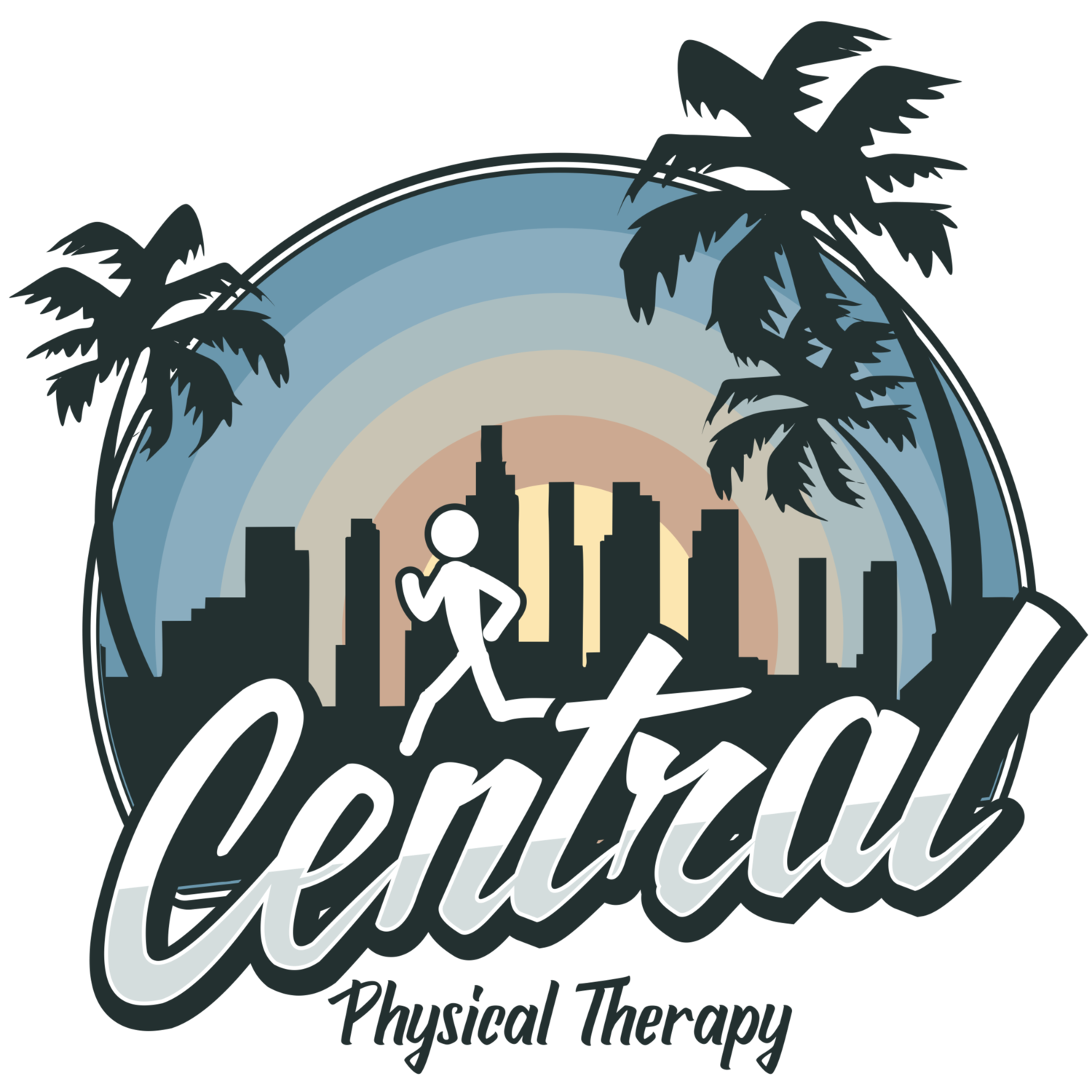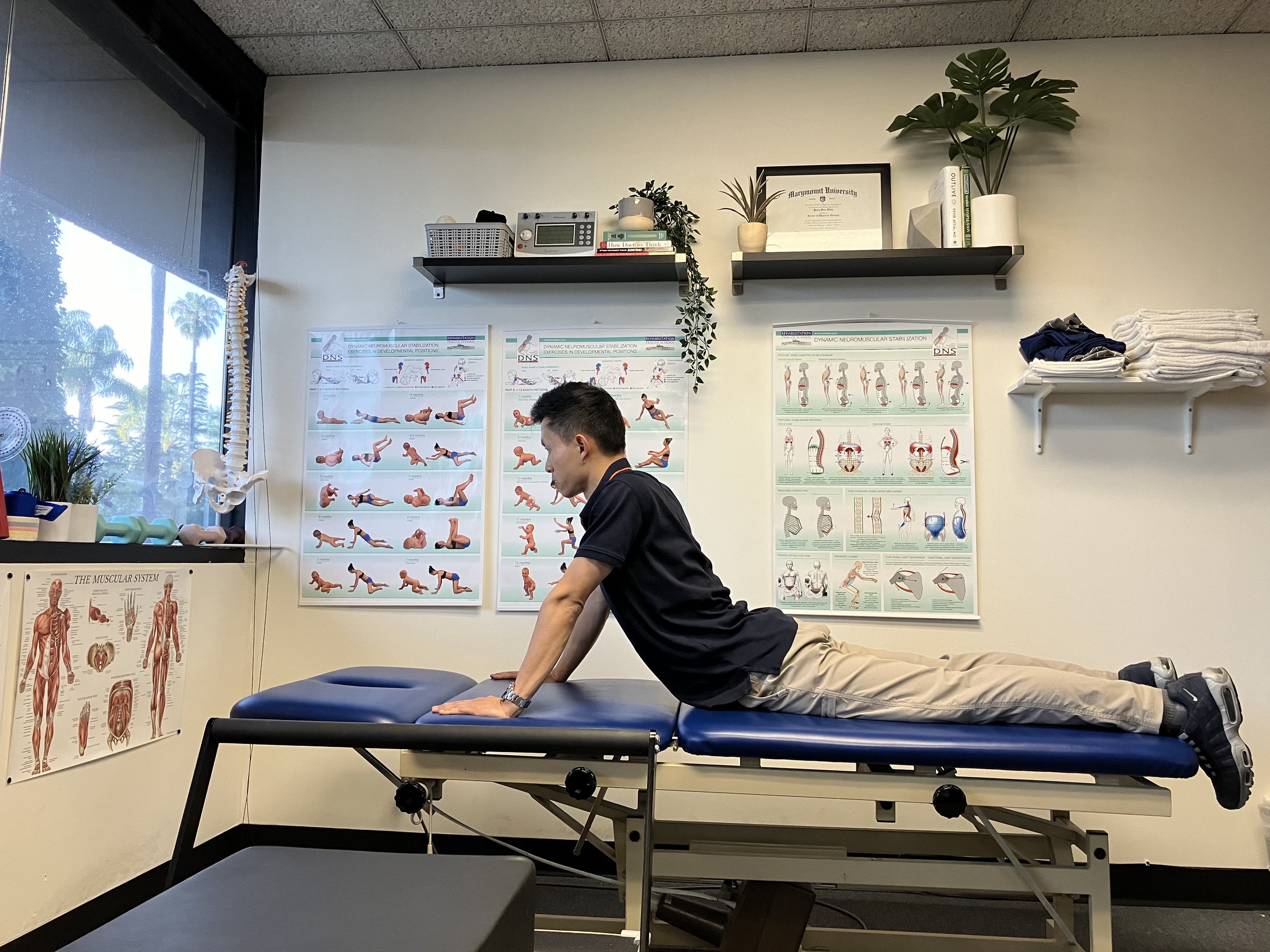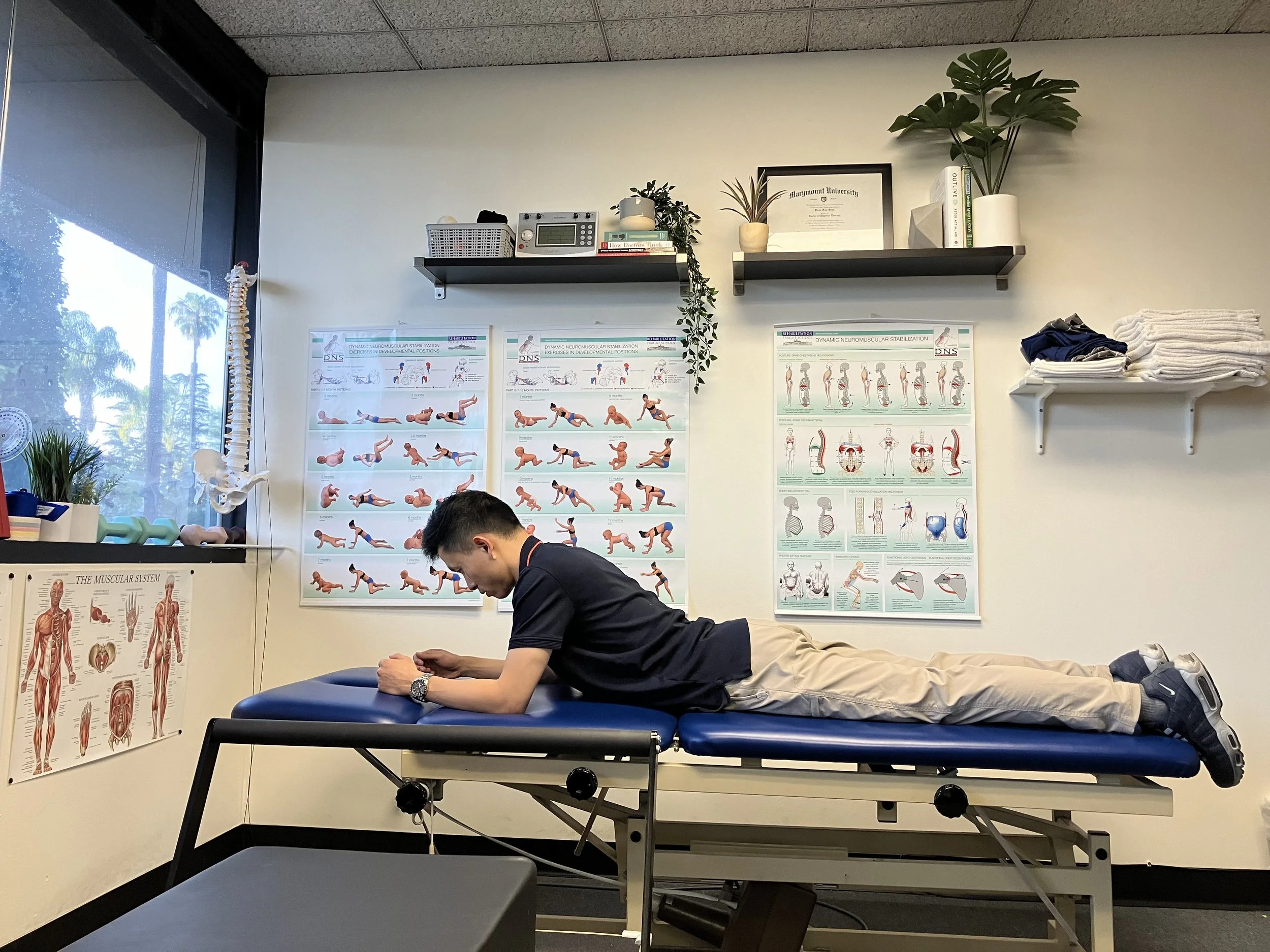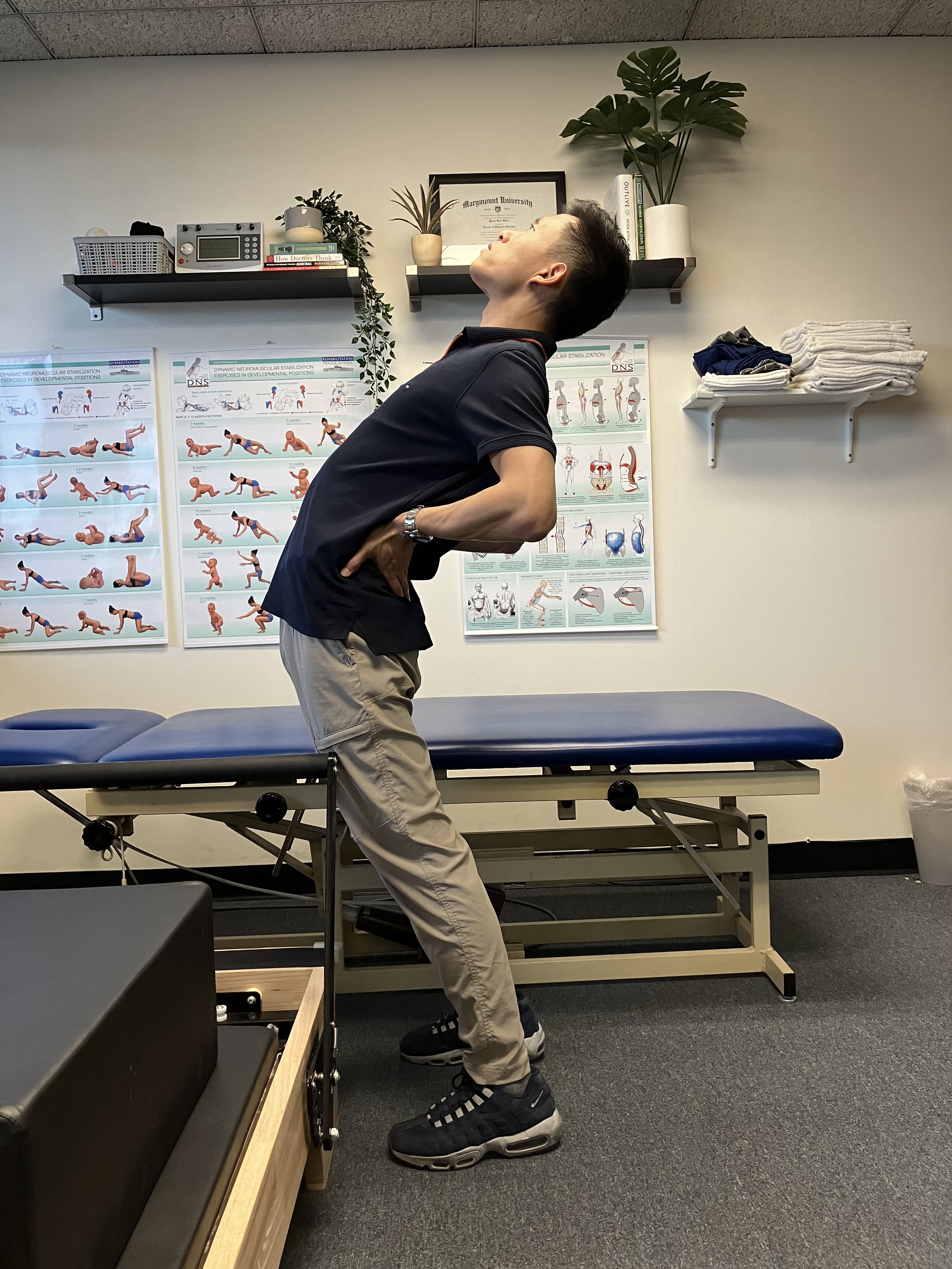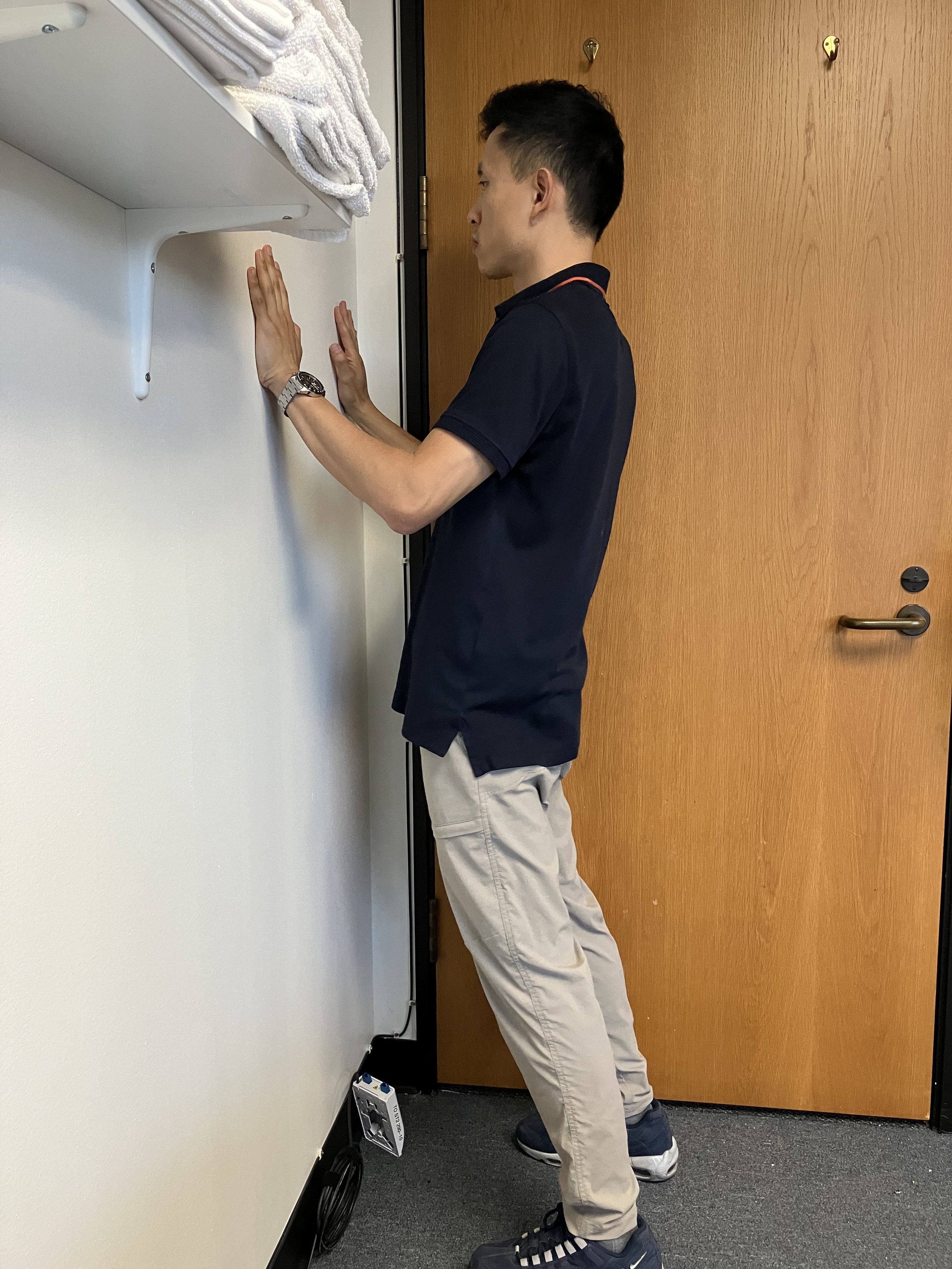The daily toll of flexion on our spines
Our spines go through a lot throughout the course of a day and especially with the location of the low back in the very center of the body, a lot of strain is typically placed here compared to other regions. The most prevalent movement in our low back is in the sagittal plane – flexion and extension.
FLEXION (examples):
Sitting slouched, bending forward, putting on socks and shoes, washing hands or face, squatting, lying on side in a curled position, sports such as rowing, cycling, golf.
EXTENSION (examples):
Sitting erectly, standing, walking, reaching up, dressing, washing hair. Sports like running, gymnastics.
Now the most glaring difference is the time that is generally spent on a daily basis in each of these positions. The median time in flexion (between 20-30 degrees) on a daily basis is 4.9 hrs. The median time in extension (relative to reference standing position) on a daily basis is 24 minutes (Rohlmann 2014).
4.9 hrs vs 24 minutes (!!!) That’s a huge difference.
It’s important to consider what’s happening physiologically to the spine in these positions. In flexion, the intervertebral disc is compressed anteriorly and stretched posteriorly with the nucleus displaced posteriorly (Figure C below) and vise versa with extension (Figure B below). Intradiscal pressure increases significantly in full flexion and nuclear pressure is reduced by up to 35% in extension (Kolber 2009, Kuo 2010). Considering what’s happening at the spine with flexion, and the amount of time we’re in that position, it’s not a surprise then that most disc pathologies of the lumbar spine occur in a posterior direction.
Now another important factor for consideration is what’s called ‘end range’ flexion or extension. ‘End range’ means to take the movement to the very end of its motion — so fully bending the spine in a forward or backwards direction. This is important because of the amount of force on the spine in those positions, as mentioned above. Sitting slouched can actually take the lumbar spine close to full flexion! If you think about the amount of time we’re sitting throughout the day (work, home, car, eating, couch, movies/tv shows), and in a slouched position, that’s a lot of accumulative force on our lumbar spine in one direction. We rarely, if ever, during the course of a day put our spines into full end-range extension, which is why it’s important to intentionally bring our spine in that direction to counteract that force (twice per day, 10 repetitions each). This is a much larger movement than simply sitting up straight or bending backwards slightly in standing.
Example of end-range extension:
Prone press-up onto hands, (exhale at the top and let low back sag down lower, do this last 3 repetitions of each set). If this is not possible, try it with a pillow under your pelvis.
Prone on elbows
Standing extension (hands on waist) - fingers pointing backwards, thumb in front; bend back as far as you can.
Standing extension (hands on wall)
Keeping the spine in its neutral and “centralized” position is the best way to keep it in good health and not contribute to strain and degeneration of passive structures over time. So in addition to end range extension twice per day, we have to train our trunk with proper breathing and stabilization in both static and dynamic positions. (Check past blog post entries about this here and here)
**This does not constitute as medical advice or a diagnosis and should not replace a qualified healthcare provider’s judgment. If you have pain, see a licensed physical therapist near you.
Links:
https://www.mckenzieinstituteusa.org/
Adams M, Dolan P, Hutton W. Diurnal variations in the stresses on the lumbar spine. Spine 1987;12:130-137.
Kolber MJ, Hanney WJ. The dynamic disc model: a systematic review of the literature. Phys Ther Rev 2009;14:181-189.
Kuo C, Hu H, Lin R, et al. Biomechanical analysis of the lumbar spine on facet joint force and intradiscal pressure - a finite element study. BMC Musculoskeletal DIsorders 2010;11:151.
Rohlmann A, Consmuller T, Dreischarf M, et al. Measurement of the number of lumbar spinal movements in the sagittal plane in a 24-hour period. Eur Spine J. 2014 Nov;23(11)2375-2384.
Questions or comments? Contact us below.
